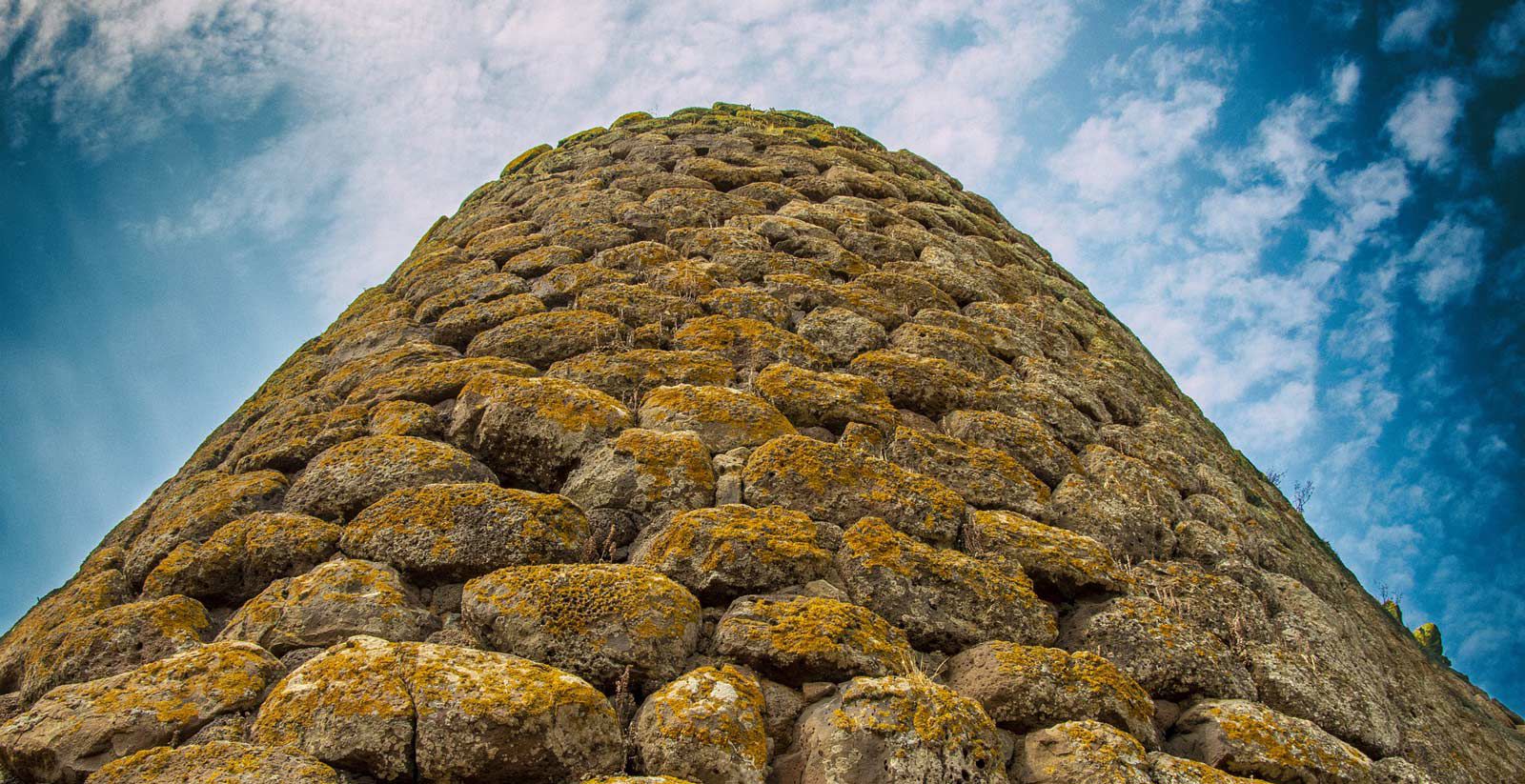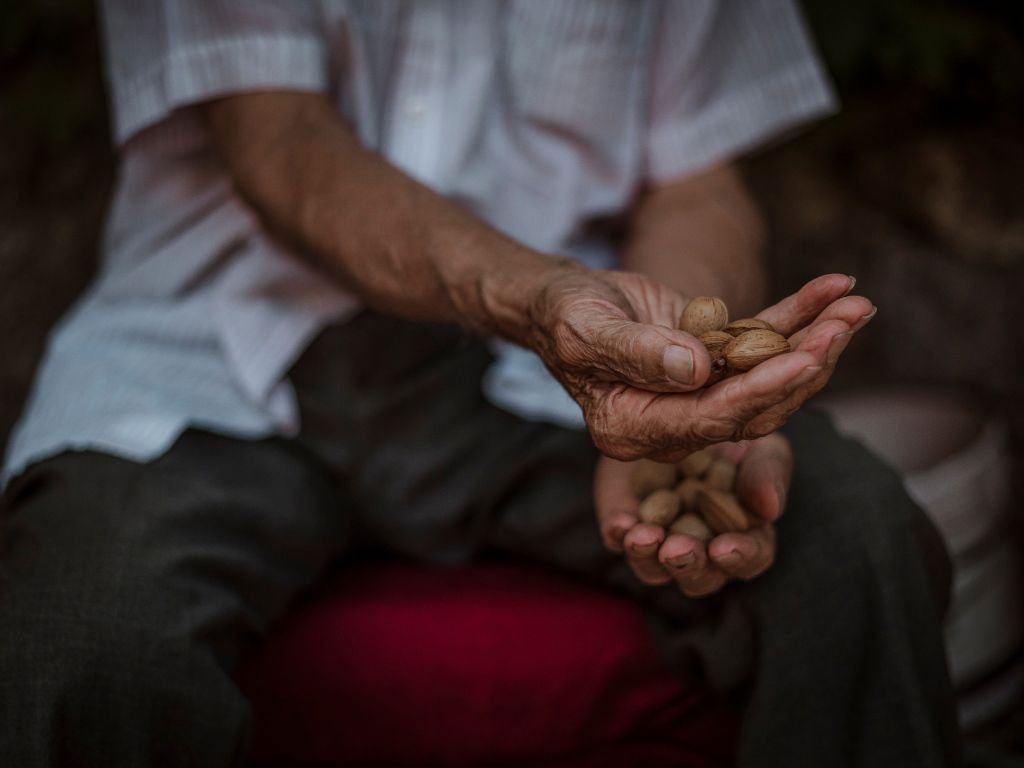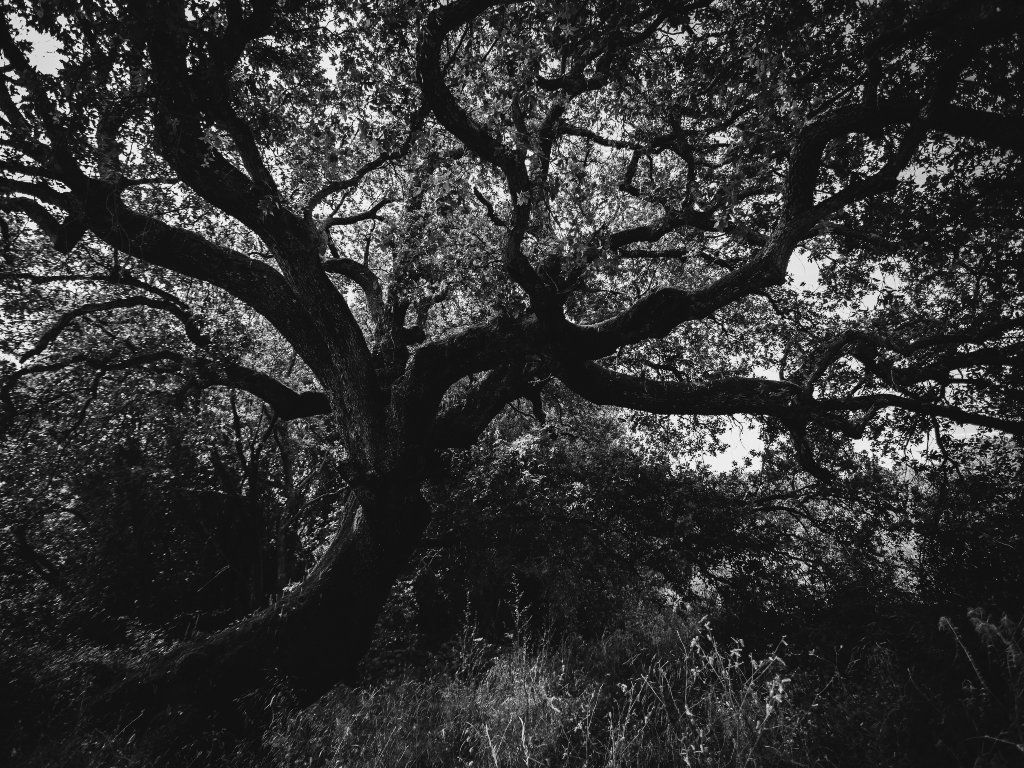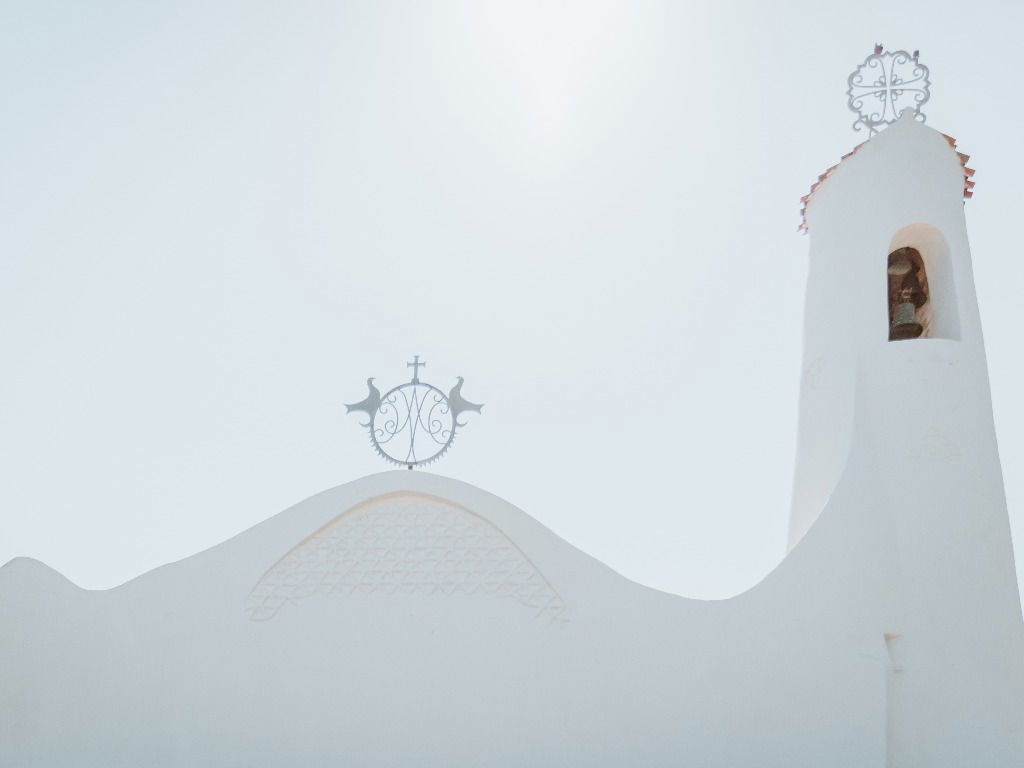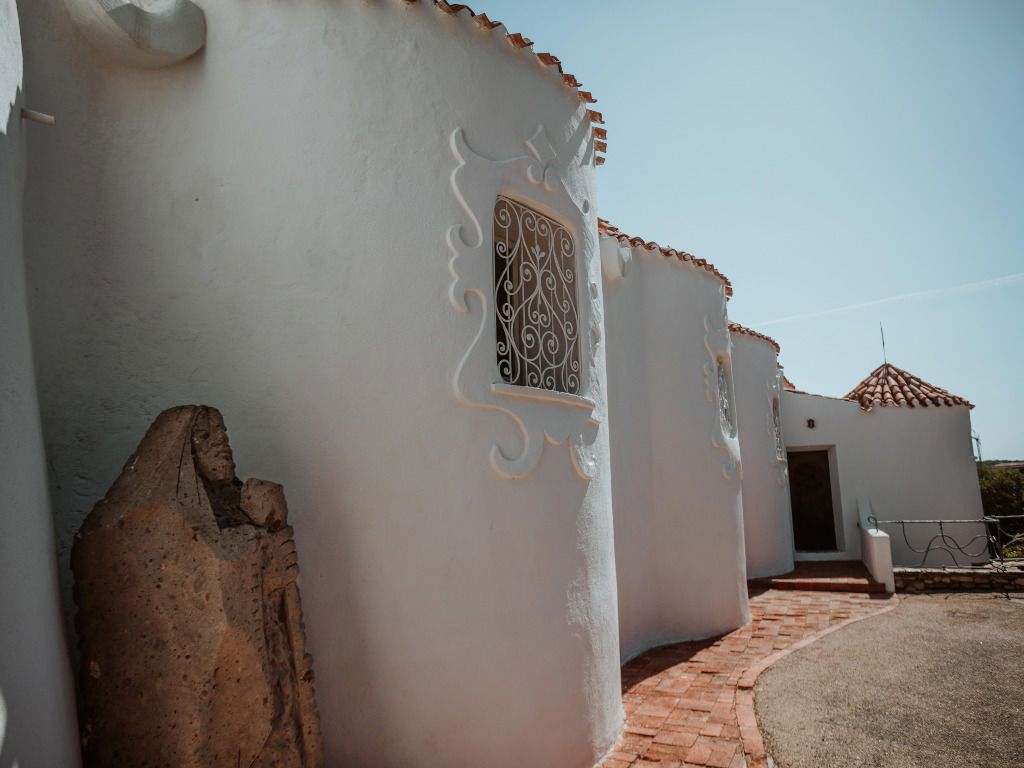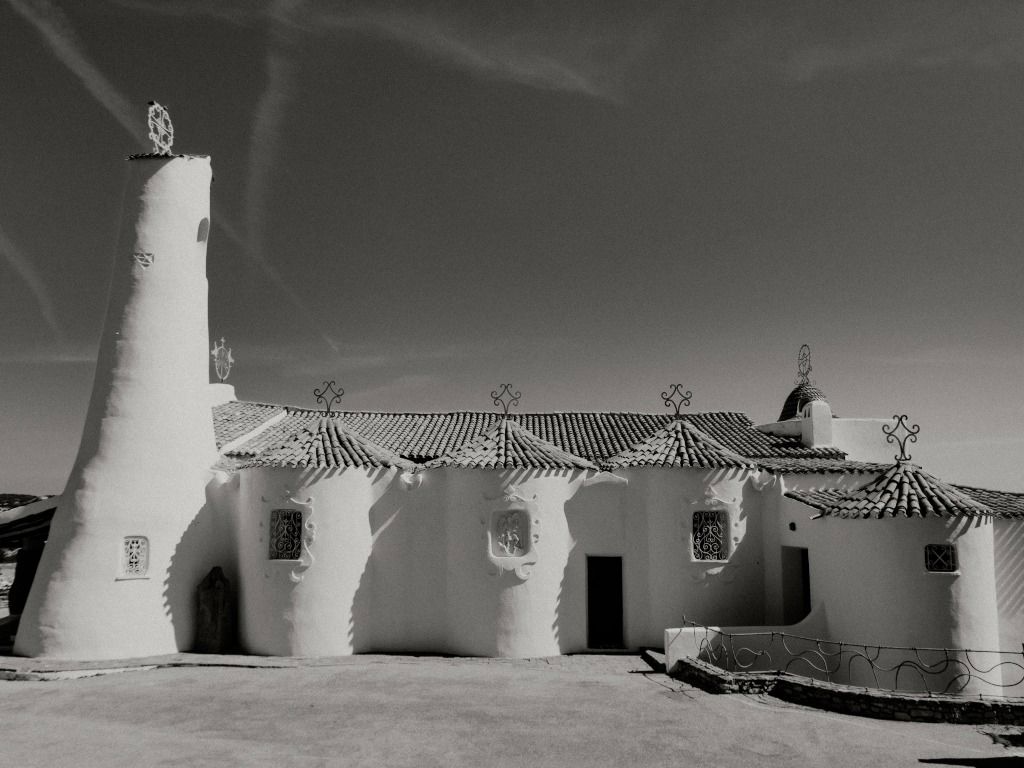Culture & Tradition
Not just beaches!
During the day, near the Relais Villa Carola guests can go back in time, all the way to 2,700 B.C.:
Malchittu Temple
The Malchittu Temple is a sacred building located at a height on the Arzachena plan, near Riu Bucchilalgu, overlooking the surrounding valley.
The excavations date back to 1964.
The temple is 14 metres long and 6 metres wide and consists of an open atrium that leads to a larger chamber measuring 8 x 4 metres. It once hosted ritual ceremonies, although it is now known to which divinities they were dedicated.
Li Muri Necropolis
It is a precious example of Sardinian pre-historical culture, the Li Muri necropolis was discovered in 1939 and dates back to the mid-4th century B.C., in the neolithic period.
Inside it were found many objects of such originality that scholars coined the definition “Arzachena circles culture” or “Gallurese culture”.
From the analysis of the architecture of the necropolis and the observation of the funerary objects discovered in the area, remarkable affinities with other necropolis in Corsica, in the Balkans, in the Pyrenees area and in some Aegean islands were found, placing the Li Muri complex in the list of most important examples of European megaliths.
La Prisgiona archaeological site
The La Prisgiona archaeological site dates back to the Nuragic period, is triangular in shape and located in the Capichera valley.
Located on a granite relief, it consists of a nuraghe and a village of about 100 buildings. Covering a surface of five hectares, it is one of the largest and most important sites in the entire area.
The nuraghe features a lintel, a central tower and two side towers, together forming a bastion. The yard has a 7-metre deep well that is still functioning, inside which many ceramic artefacts were uncovered.
The Coddu ‘ecchiu tomb
The Coddu ‘ecchiu tomb is a collective grave of the Nuragic age immersed in the green of the Mediterranean scrub.
Its peculiar feature is the central monolith: 4 metres high, it is the tallest granite stele found in Sardinia to this day.
The grave was built in two different periods: the funerary chamber, which dates back to the Early Bronze Age (1800-1600 B.C.); and the two-cell exedra, built later, is presumably from the Middle Bronze Age. Inside were uncovered many precious objects that can be admired at the Sanna Museum in Sassari.
For further details, visit arzachenaturismo.com



